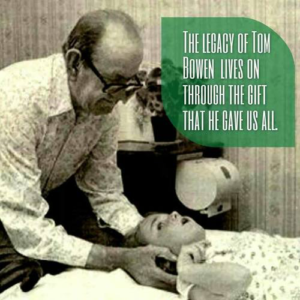 Tom Bowen, the developer of Bowen Therapy, worked out that small gentle movements of soft tissue around muscle, tendon and ligament caused a healing effect. This helps restore blood flow, oxygen and nutrients to the muscles as well as improving lymphatic drainage. The muscles tendons and ligaments, return to their correct tension and length,thus realigning the skeletal system. The treatment causes a calming effect on the central nervous system and allows the body to “perk up” and go into repair mode.
Tom Bowen, the developer of Bowen Therapy, worked out that small gentle movements of soft tissue around muscle, tendon and ligament caused a healing effect. This helps restore blood flow, oxygen and nutrients to the muscles as well as improving lymphatic drainage. The muscles tendons and ligaments, return to their correct tension and length,thus realigning the skeletal system. The treatment causes a calming effect on the central nervous system and allows the body to “perk up” and go into repair mode.
One of the easiest and (most) recognizable medical explanations of how Bowen Therapy may work lies in understanding the tendon reflex, whose function is to protect the tendons and muscles from excessive tension forces.
The golgi tendons lie within the tendon organs, near the junction of the muscle and the tendon. Muscle spindles are sensitive to changes in muscle length. During passive stretching of the golgi tendons, muscular contraction impulses are transmitted to the spinal cord. In this reflex arc an inhibitory association neuron connects to the motor neuron. As the tension in the tendon organ increases, the inhibitory impulses increase and cause a relaxation of the muscle.
Synapses with motor neurons controlling the antagonistic muscles occur in the arc, causing contraction of the opposing muscle. This in turn potentially will physically balance the muscle structure, which when injured is often found to be in a compensatory state of weakness or contraction. Hence Bowen can physically straighten the posture and balance muscle function over joints. An impulse is also sent to the brain from this arc giving the brain feedback on the state of the musculature.
An intersegmental reflex arc is created when stimulating one muscle. This occurs when the impulse comes from one site, and several muscles in the associated group respond. This lends itself to supporting the knowledge that a Bowen response can take place over a general area without work being done on all the painful muscles. Working on the vastus lateralis above the knee with just one Bowen move, for example, will provide relaxation to many muscles of the leg.
The first two moves around the waist in Bowen Therapy result in an overall balancing effect to the body. They may be the only moves done for the day for some patients. During injury or compensation for injury, it is suggested that the fascia that surrounds the muscle fibers – a strong elastic layer between the skin and underlying tissues – shrinks around the injured part to strengthen and protect it.
After a broken bone, for example, the muscle may not be able to return to normal due to kinking of the fascia and impedance of lymph flow and circulation. Many proprioceptors are located in the fascia. Under normal circumstances the fascia is lubricated with nutrients and a small amount of fluid, allowing the muscle groups to glide effortlessly over each other.
To recap, Bowen stimulates the peripheral and central nervous systems, causing the body to recognize compensatory patterns and to correct them, returning to a normal healthy state.
Involvement of the brain results in the body being able to prioritize which type of healing it requires, whether an emotional fine tuning or healing on a physical level, creating a balanced state of well being and an easing ofpresenting symptoms and a reduction in pain.
This technical explanation is adapted from the article “Introduction of Bowenwork® for Nurses” by Susan Symmons, RN. Dip. BT. Instructor.
